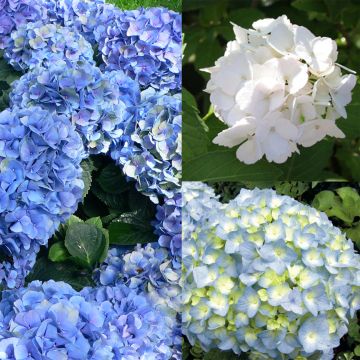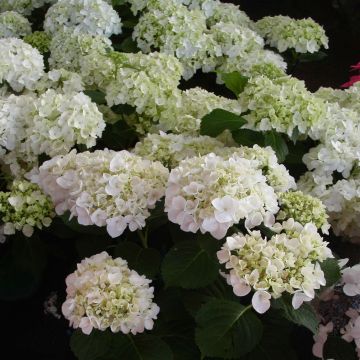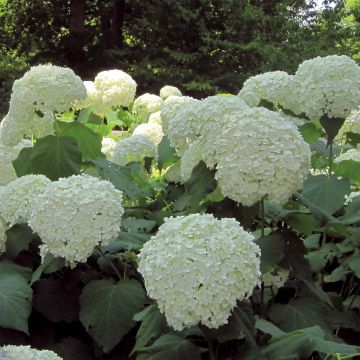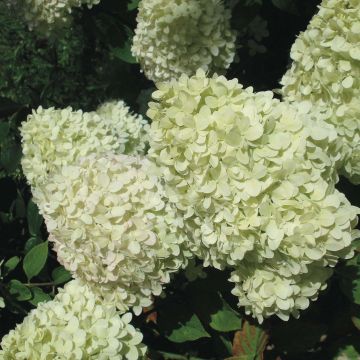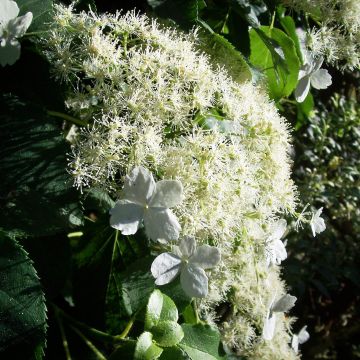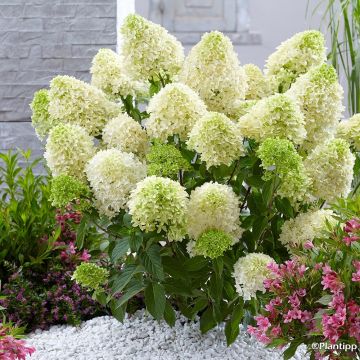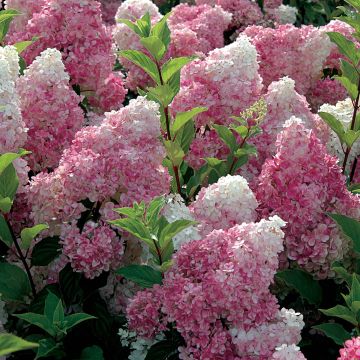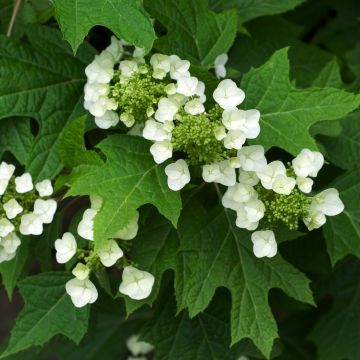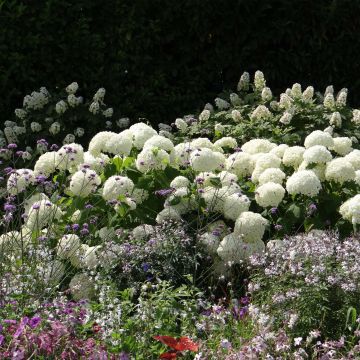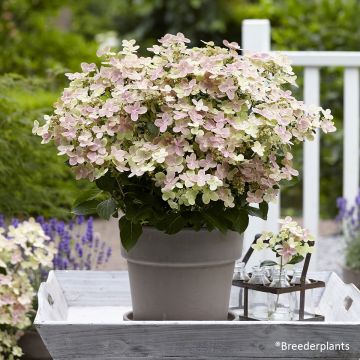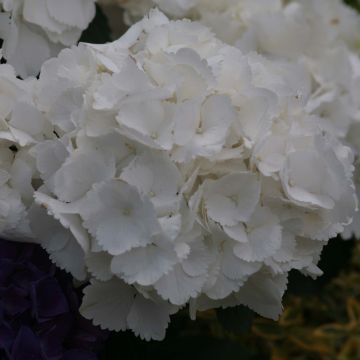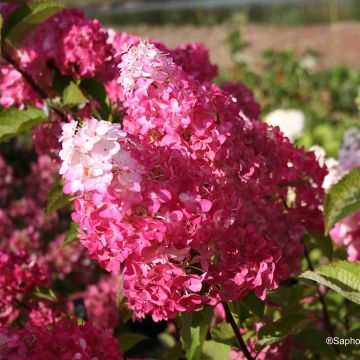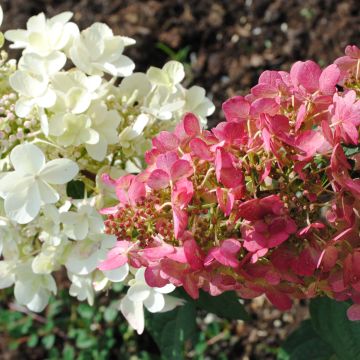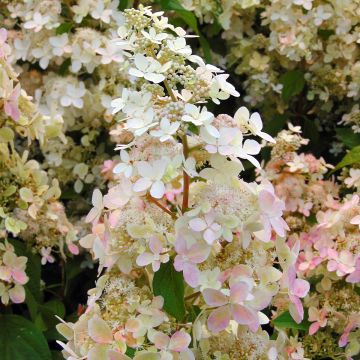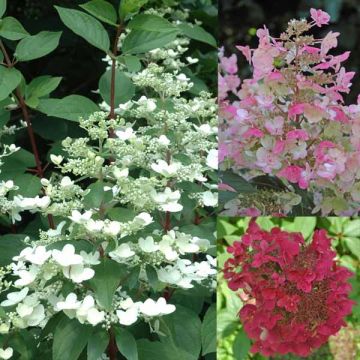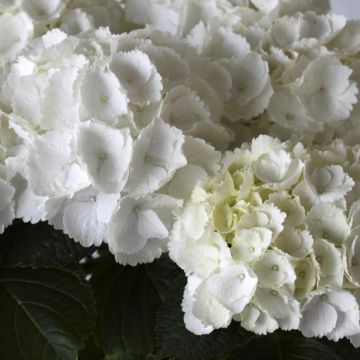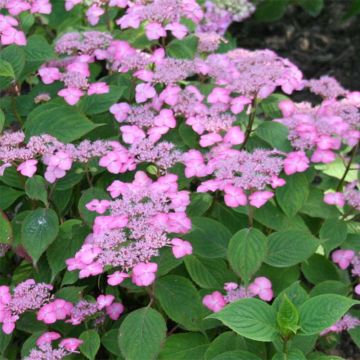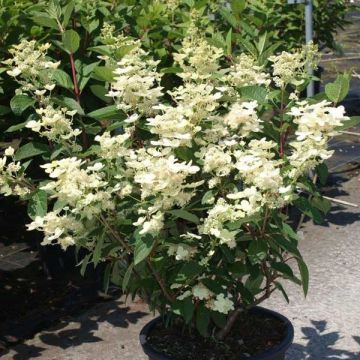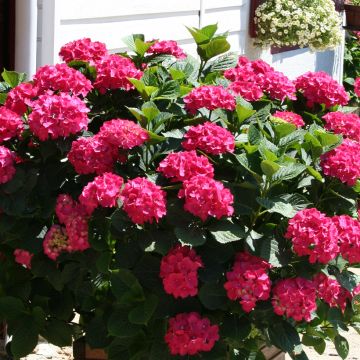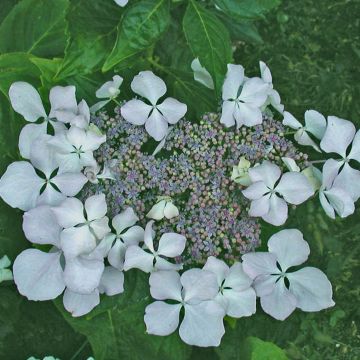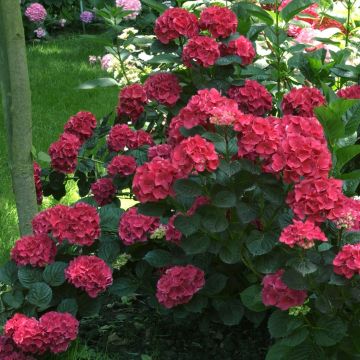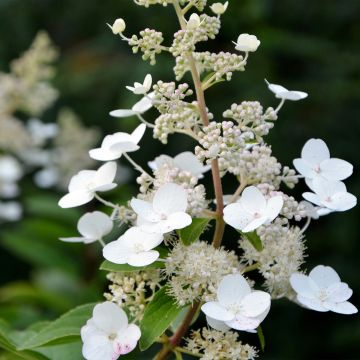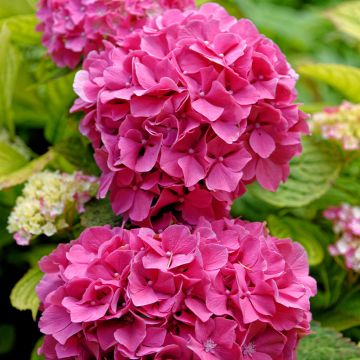Shipping country and language
Your country of residence may be:
Your country of residence is:
For a better user experience on our website, you can select:
Your shipping country:
Andorra
Austria
Belgium
Bulgaria
Canada
Chile
Croatia
Cyprus
Czechia
Denmark
Estonia
Finland
France
Germany
Greece
Hungary
Iceland
Ireland
Italy
Latvia
Lithuania
Luxembourg
Malta
Monaco
Netherlands
Poland
Portugal
Romania
Slovakia
Slovenia
Spain
Sweden
Switzerland
United Kingdom
We only deliver seed and bulb products to your country. If you add other products to your basket, they cannot be shipped.
Language:
French
German
Spanish
English
My Account
Hello
My wish lists
Plantfit
Log in / Register
Existing customer?
New customer?
Create an account to track your orders, access our customer service and, if you wish, make the most of our upcoming offers.
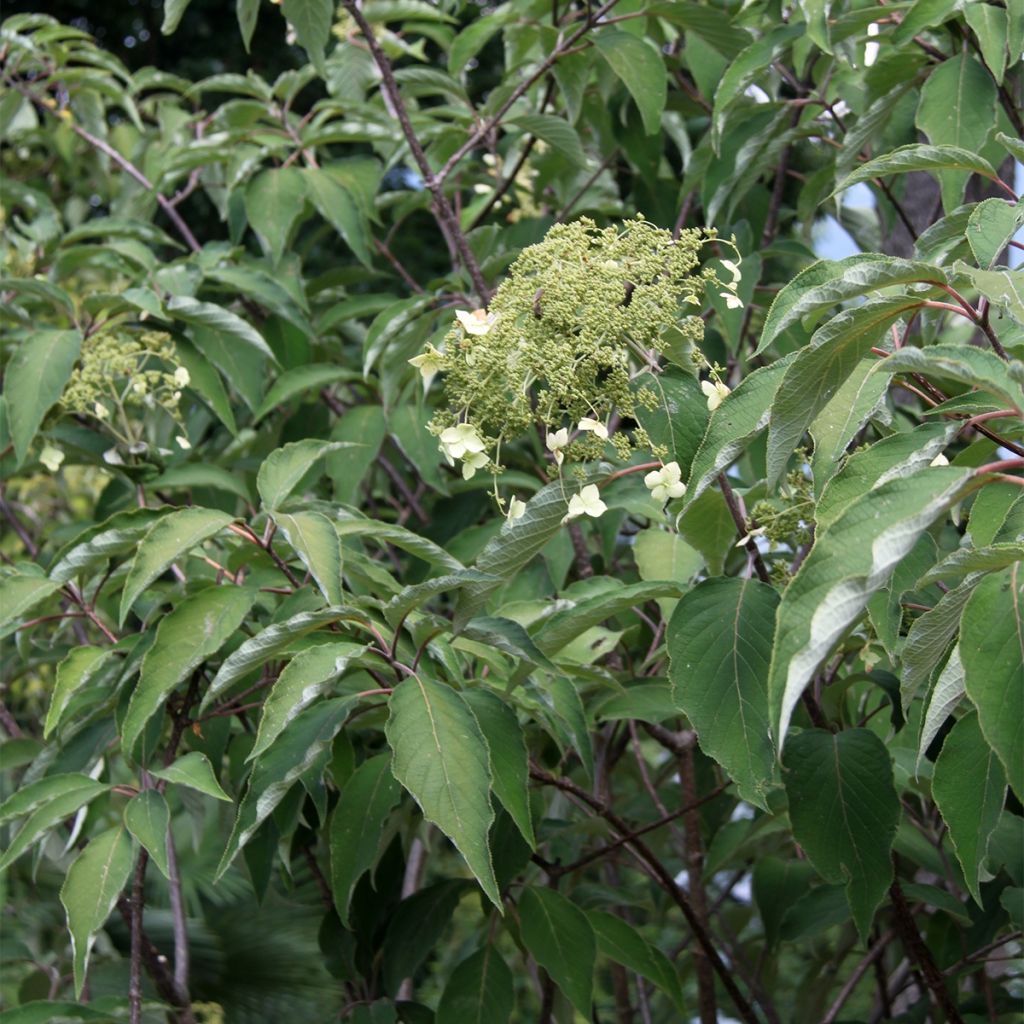

Hydrangea heteromalla Bretschneideri
Hydrangea heteromalla Bretschneideri
Hydrangea heteromalla Bretschneideri
Himalayan Hydrangea
Why not try an alternative variety in stock?
View all →Order in the next for dispatch today!
Dispatch by letter from €3.90.
Delivery charge from €5.90 Oversize package delivery charge from €6.90.
More information
This item is not available in your country.
Schedule delivery date,
and select date in basket
This plant carries a 24 months recovery warranty
More information
We guarantee the quality of our plants for a full growing cycle, and will replace at our expense any plant that fails to recover under normal climatic and planting conditions.
From €5.90 for pickup delivery and €6.90 for home delivery
Express home delivery from €8.90.
Does this plant fit my garden?
Set up your Plantfit profile →
Description
Hydrangea heteromalla Bretschneideri is a superb hydrangea that is robust, hardy, low maintenance and very ornamental, yet remains little used in our gardens. This large shrub with a broad habit has very beautiful green leaves that blaze in autumn and a generous summer flowering in fluffy and flattened inflorescences, which turn from white to pink and remain decorative for a long time. This species with its wild charm should be reserved for large spaces and used as a backdrop due to its impressive presence, accommodating character and ease of cultivation in ordinary (albeit not overly dry) soil.
Originally from the Himalayas and spread across an area ranging from Nepal to northern India, Hydrangea heteromalla is a wild, open-forest species that also appreciates mountain slopes and can climb up to 2000 m (6561 ft) in altitude. It is a large shrub that needs light and a minimum of sun to flower well. It withstands both cold (-20 °C (-4 °F)) and heat (in a more shaded situation). It belongs to the Hydrangeaceae family and is a close relative of the large-leaved hydrangeas and ball inflorescences that no longer need to be introduced.
Hydrangea heteromalla Bretschneideri forms over time (its growth is slow) a very beautiful shrub with a bushy habit, supported by erect main branches bearing more flexible and slightly arched secondary branchess, responsible for its rounded and spread-out, sometimes a little irregular, silhouette. When mature, it will reach between 3 and 5 m (9 ft 10 in and 16 ft 5 in) in height for 2 to 3 m (6 ft 7 in to 9 ft 10 in) in span. This hydrangea develops many ramified branches. Its bark, initially villous, peels off over time, becoming almost corky and grey-brown in colour. In autumn, the leaves fall and create a rather decorative scene which is to be enjoyed. The flowers, abundant and very long-lasting, usually appear between the end of June and August, on the branches of the previous year. In this variety, the inflorescence, or corymb, is flattened and 15 to 25 cm (5.9 to 9.8 in) wide. It consists of sterile florets with four white petals, few in number, forming an irregular and very sparse crown around the smaller fertile flowers. These, much more numerous and similar to small buds, then bloom into tiny white flowers with prominent stamens. After pollination by insects, the fertile flowers often turn pink. This particular flowering more closely resembles that of some Viburnums (Viburnum sargentii, V. plicatum, etc.) than the classic Round-headed Hydrangeas (Hydrangea macrophylla). Combined with its broad habit, it gives this Hydrangea a very natural and slightly romantic appearance.
Its foliage also contributes to the appeal of this shrub. It is composed of ovate leaves 10 to 15 cm (3.9 to 5.9 in) long, carried by a bright red petiole 3 to 4 cm (1.2 to 1.6 in) long. They are slightly villous, quite dark green on the top, almost white on the underside and marked with quite deep veins. This foliage, deciduous in winter, tinges more or less red during the summer (depending on exposure), then turns orange and purple in autumn before falling.
This magnificent shrub, once well established, requires very little care except for regular watering in case of a dry summer. It likes light shade or semi-shaded environments, but it is one of the few hydrangeas, along with Hydrangea quercifolia and H. aspera sargentiana, to show tolerance towards the presence of limestone (without excess) in the soil. Naturally, it will also enjoy a heath soil bed where you can plant it in the background with shrubs whose flowering periods are offset from its own, in order to enjoy staggered blooming. For the beginning of the year, choose the amazing Hamamelis with their incomparable yellow, orange or red flowers. Then a Magnolia Genie will enchant the spring with its wine-coloured flowers, followed by Enkianthus with its delicate and romantic bells. Summer will be the prime season for our Hortensia Bretschneideri, whose flowering can be extended by that of its cousin, the original Hydrangea macrophylla 'Light'o'Day'. And, to finish off the year, an Autumn Camellia will be perfect to conclude this round of flowering.
Hydrangea heteromalla Bretschneideri in pictures
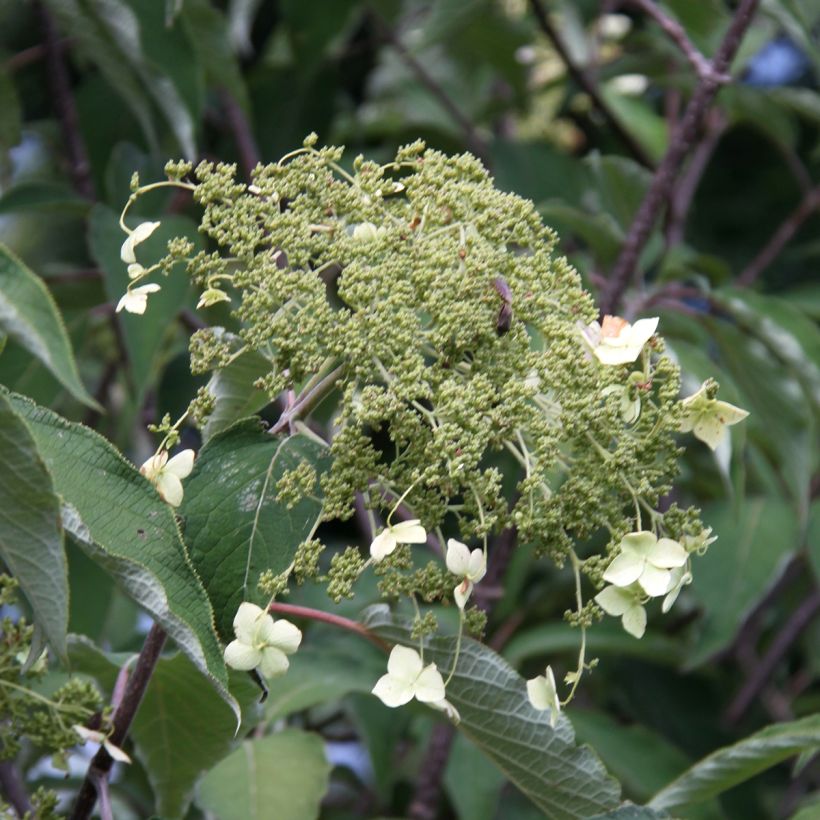

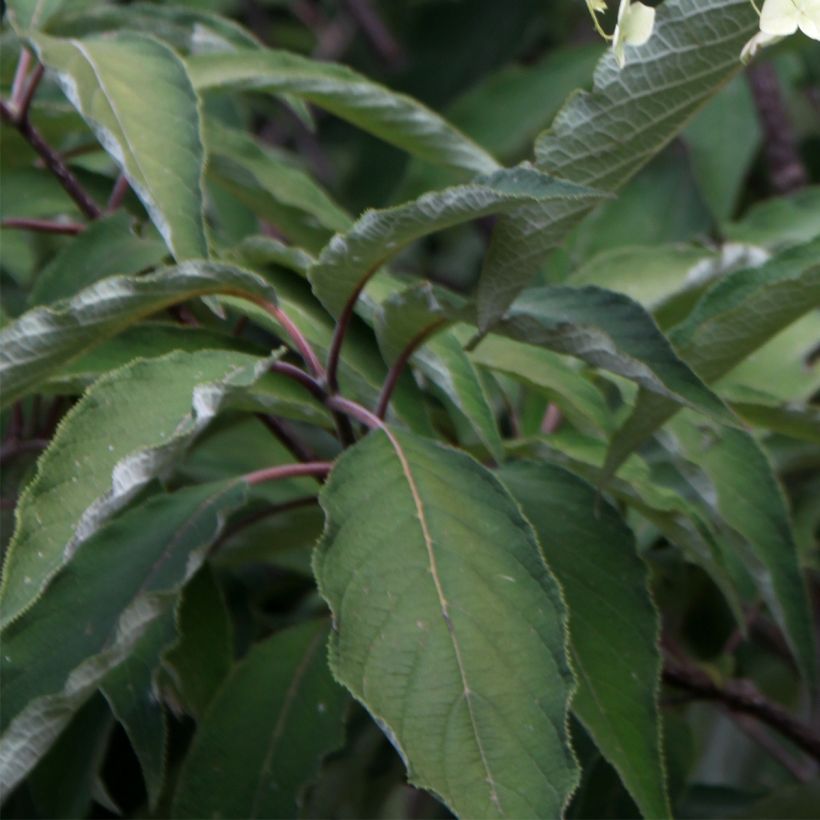



Plant habit
Flowering
Foliage
Botanical data
Hydrangea
heteromalla
Bretschneideri
Hydrangeaceae
Himalayan Hydrangea
Cultivar or hybrid
Other Hydrangeas A to Z
Planting and care
Plant your Hydrangea heteromalla Bretschneideri in partial shade or in the sun, in a cool climate, in a hole filled with a mix of garden soil, leaf compost and heath soil if your soil is somewhat chalky (this variety tolerates a bit of chalk). Normally, this variety grows correctly in ordinary, deep, neutral or acidic soil that is well tilled and remains slightly damp in summer. Adding well-decomposed manure or compost is a bonus. Abundant watering at the time of planting and during the first two years following planting is essential. It is also recommended to water a few times during the summer in case of severe drought and to mulch the base in warmer regions.
This variety of large hydrangea is not suitable for pot cultivation. It will be much happier in the open ground, especially as it is very robust once well established and requires little maintenance. Avoid pruning this shrub that flowers on one-year-old wood. Plan for space at the time of planting, as it is capable of occupying 3 m (9 ft 10 in) on the ground!
Planting period
Intended location
Care
This item has not been reviewed yet - be the first to leave a review about it.
Haven't found what you were looking for?
Hardiness is the lowest winter temperature a plant can endure without suffering serious damage or even dying. However, hardiness is affected by location (a sheltered area, such as a patio), protection (winter cover) and soil type (hardiness is improved by well-drained soil).

Photo Sharing Terms & Conditions
In order to encourage gardeners to interact and share their experiences, Promesse de fleurs offers various media enabling content to be uploaded onto its Site - in particular via the ‘Photo sharing’ module.
The User agrees to refrain from:
- Posting any content that is illegal, prejudicial, insulting, racist, inciteful to hatred, revisionist, contrary to public decency, that infringes on privacy or on the privacy rights of third parties, in particular the publicity rights of persons and goods, intellectual property rights, or the right to privacy.
- Submitting content on behalf of a third party;
- Impersonate the identity of a third party and/or publish any personal information about a third party;
In general, the User undertakes to refrain from any unethical behaviour.
All Content (in particular text, comments, files, images, photos, videos, creative works, etc.), which may be subject to property or intellectual property rights, image or other private rights, shall remain the property of the User, subject to the limited rights granted by the terms of the licence granted by Promesse de fleurs as stated below. Users are at liberty to publish or not to publish such Content on the Site, notably via the ‘Photo Sharing’ facility, and accept that this Content shall be made public and freely accessible, notably on the Internet.
Users further acknowledge, undertake to have ,and guarantee that they hold all necessary rights and permissions to publish such material on the Site, in particular with regard to the legislation in force pertaining to any privacy, property, intellectual property, image, or contractual rights, or rights of any other nature. By publishing such Content on the Site, Users acknowledge accepting full liability as publishers of the Content within the meaning of the law, and grant Promesse de fleurs, free of charge, an inclusive, worldwide licence for the said Content for the entire duration of its publication, including all reproduction, representation, up/downloading, displaying, performing, transmission, and storage rights.
Users also grant permission for their name to be linked to the Content and accept that this link may not always be made available.
By engaging in posting material, Users consent to their Content becoming automatically accessible on the Internet, in particular on other sites and/or blogs and/or web pages of the Promesse de fleurs site, including in particular social pages and the Promesse de fleurs catalogue.
Users may secure the removal of entrusted content free of charge by issuing a simple request via our contact form.
The flowering period indicated on our website applies to countries and regions located in USDA zone 8 (France, the United Kingdom, Ireland, the Netherlands, etc.)
It will vary according to where you live:
- In zones 9 to 10 (Italy, Spain, Greece, etc.), flowering will occur about 2 to 4 weeks earlier.
- In zones 6 to 7 (Germany, Poland, Slovenia, and lower mountainous regions), flowering will be delayed by 2 to 3 weeks.
- In zone 5 (Central Europe, Scandinavia), blooming will be delayed by 3 to 5 weeks.
In temperate climates, pruning of spring-flowering shrubs (forsythia, spireas, etc.) should be done just after flowering.
Pruning of summer-flowering shrubs (Indian Lilac, Perovskia, etc.) can be done in winter or spring.
In cold regions as well as with frost-sensitive plants, avoid pruning too early when severe frosts may still occur.
The planting period indicated on our website applies to countries and regions located in USDA zone 8 (France, United Kingdom, Ireland, Netherlands).
It will vary according to where you live:
- In Mediterranean zones (Marseille, Madrid, Milan, etc.), autumn and winter are the best planting periods.
- In continental zones (Strasbourg, Munich, Vienna, etc.), delay planting by 2 to 3 weeks in spring and bring it forward by 2 to 4 weeks in autumn.
- In mountainous regions (the Alps, Pyrenees, Carpathians, etc.), it is best to plant in late spring (May-June) or late summer (August-September).
The harvesting period indicated on our website applies to countries and regions in USDA zone 8 (France, England, Ireland, the Netherlands).
In colder areas (Scandinavia, Poland, Austria...) fruit and vegetable harvests are likely to be delayed by 3-4 weeks.
In warmer areas (Italy, Spain, Greece, etc.), harvesting will probably take place earlier, depending on weather conditions.
The sowing periods indicated on our website apply to countries and regions within USDA Zone 8 (France, UK, Ireland, Netherlands).
In colder areas (Scandinavia, Poland, Austria...), delay any outdoor sowing by 3-4 weeks, or sow under glass.
In warmer climes (Italy, Spain, Greece, etc.), bring outdoor sowing forward by a few weeks.
